- It's more obvious if the labels and locations are extracted, that the API plots the strings as labels, and the axis locations are 0 indexed numbers based on the how many (
len) categories exist.
.get_xticks() and .get_yticks() extract a list of the numeric locations..get_xticklabels() and .get_yticklabels() extract a list of matplotlib.text.Text, Text(x, y, text).- There are fewer numbers in the list for the y axis because there were duplicate values as a result of rounding.
- This applies to any APIs, like
seaborn or pandas that use matplotlib as the backend.
sns.scatterplot(data=df, x='x_num', y='y', ax=ax1)ax1.scatter(data=df, x='x_num', y='y')ax1.plot('x_num', 'y', 'o', data=df)
Labels, Locs, and Text
print(x_nums_loc)
print(y_nums_loc)
print(x_lets_loc)
print(y_lets_loc)
print(x_lets_labels)
[0, 1, 2, 3, 4, 5, 6, 7, 8, 9, 10, 11, 12, 13, 14, 15, 16, 17, 18, 19, 20, 21, 22, 23, 24, 25]
[0, 1, 2, 3, 4, 5, 6, 7, 8, 9, 10, 11, 12, 13, 14, 15, 16, 17, 18, 19, 20, 21, 22, 23]
[0, 1, 2, 3, 4, 5, 6, 7, 8, 9, 10, 11, 12, 13, 14, 15, 16, 17, 18, 19, 20, 21, 22, 23, 24, 25]
[0, 1, 2, 3, 4, 5, 6, 7, 8, 9, 10, 11, 12, 13, 14, 15, 16, 17, 18, 19, 20, 21, 22, 23]
[Text(0, 0, 'A'), Text(1, 0, 'B'), Text(2, 0, 'C'), Text(3, 0, 'D'), Text(4, 0, 'E'),
Text(5, 0, 'F'), Text(6, 0, 'G'), Text(7, 0, 'H'), Text(8, 0, 'I'), Text(9, 0, 'J'),
Text(10, 0, 'K'), Text(11, 0, 'L'), Text(12, 0, 'M'), Text(13, 0, 'N'), Text(14, 0, 'O'),
Text(15, 0, 'P'), Text(16, 0, 'Q'), Text(17, 0, 'R'), Text(18, 0, 'S'), Text(19, 0, 'T'),
Text(20, 0, 'U'), Text(21, 0, 'V'), Text(22, 0, 'W'), Text(23, 0, 'X'), Text(24, 0, 'Y'),
Text(25, 0, 'Z')]
Imports, Data, and Plotting
import numpy as np
import string
import pandas as pd
import matplotlib.pyplot as plt
import string
# sample data
np.random.seed(45)
x_numbers = np.arange(100, 126)
x_letters = list(string.ascii_uppercase)
y= np.random.normal(loc=3000, scale=1, size=26).round(2)
df = pd.DataFrame.from_dict({'x_num': x_numbers, 'x_let': x_letters, 'y': y}).astype(str)
# plot
fig, (ax1, ax2) = plt.subplots(1, 2, figsize=(10, 3.5))
df.plot(kind='scatter', x='x_num', y='y', ax=ax1, title='X Numbers', rot=90)
df.plot(kind='scatter', x='x_let', y='y', ax=ax2, title='X Letters')
x_nums_loc = ax1.get_xticks()
y_nums_loc = ax1.get_yticks()
x_lets_loc = ax2.get_xticks()
y_lets_loc = ax2.get_yticks()
x_lets_labels = ax2.get_xticklabels()
fig.tight_layout()
plt.show()






